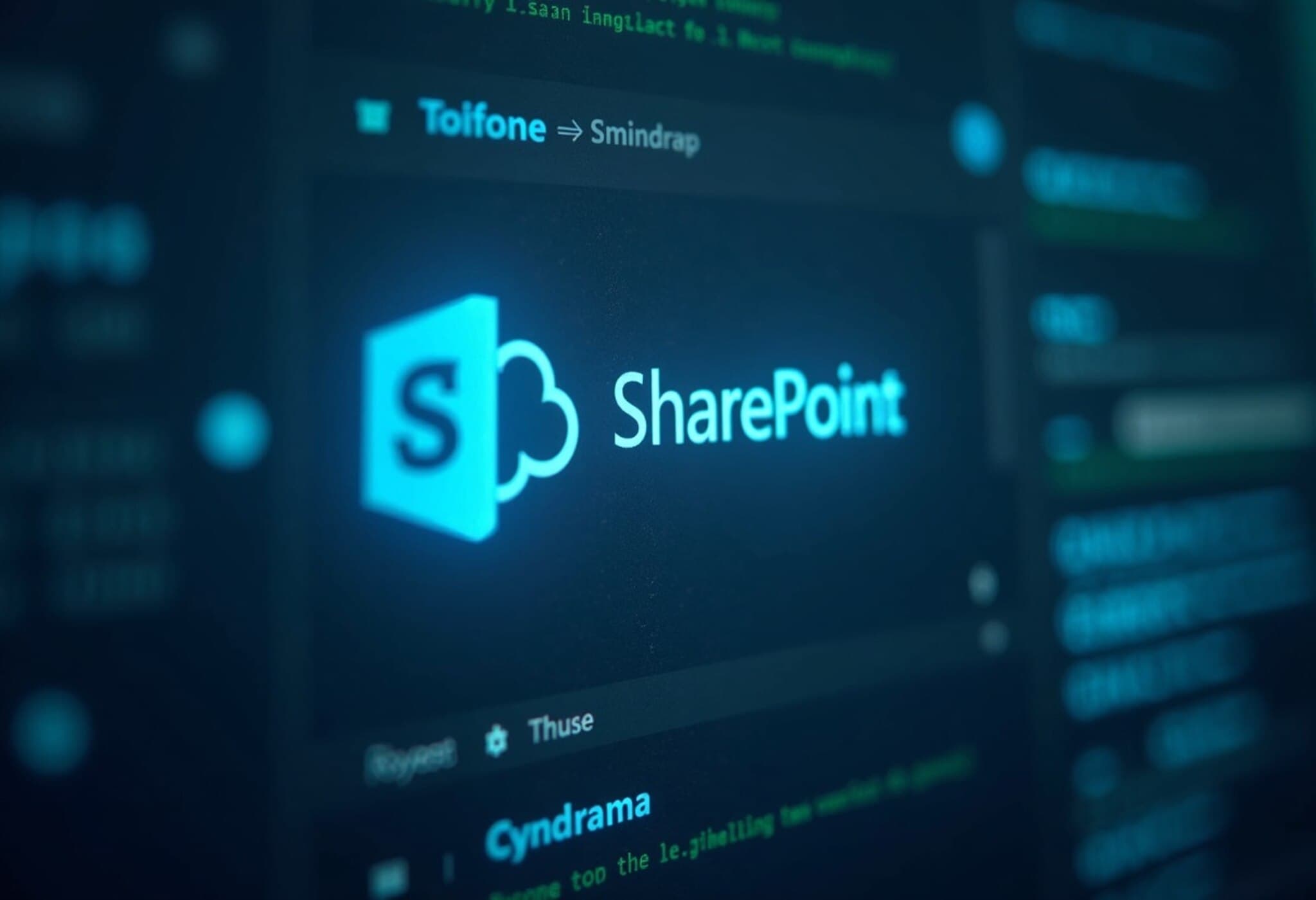Chinese State-Sponsored Hackers Target Microsoft SharePoint Flaw
Microsoft has revealed that several hacking groups linked to China have actively exploited a critical vulnerability in its widely used SharePoint collaboration software. This development highlights ongoing cybersecurity challenges for enterprise users and underscores persistent international cyber espionage threats.
Details of the Attack and Threat Actors
The tech giant reported that as early as July 7, 2025, three China-affiliated hacking groups — Linen Typhoon, Violet Typhoon, and the China-based Storm-2603 — have been probing and exploiting weaknesses in specific versions of SharePoint. These groups are believed to operate under the auspices of the Chinese state, aiming to infiltrate organizations through vulnerabilities in this core collaboration platform.
SharePoint is integral to Microsoft’s Office productivity suite, facilitating seamless file sharing and internal communications within businesses and governments worldwide. Exploiting it can provide attackers with wide-reaching access to sensitive data.
Early Warning and Cybersecurity Response
The U.S. Cybersecurity and Infrastructure Security Agency (CISA) issued a formal alert about active exploitation, signaling the urgency of patching vulnerable systems. Microsoft responded swiftly, releasing security patches for multiple on-premises versions of SharePoint, with fixes for Wave 3 versions arriving shortly after the initial announcement.
Charles Carmakal, Chief Technology Officer at Google-owned cybersecurity firm Mandiant, affirmed in a recent briefing that the threat actor involved has a direct nexus to China, reinforcing the geopolitical flavor underpinning this attack.
Context: A Pattern of Targeting Microsoft Software by Chinese Groups
This incident isn’t an isolated case. In 2021, a similar exploitation targeted Microsoft's Exchange Server email and calendar platform, compromising U.S. governmental email accounts. That breach drew significant criticism of both Microsoft and federal security protocols, prompting calls for stricter safeguards and transparency.
More recently, Microsoft CEO Satya Nadella has made bolstering cybersecurity against nation-state threats a top corporate objective, as tensions between the U.S. and China continue in the realms of technology and national security.
Broader Implications for U.S. National Security and Corporate Defense
The fact that Chinese state-backed actors can consistently probe foundational productivity tools raises urgent questions about supply chain security, software trustworthiness, and the resilience of corporate IT infrastructures.
- For U.S. businesses and government agencies: Immediate patch management and cybersecurity vigilance are paramount.
- For policymakers: This highlights the need to revisit policies on technology dependencies, cross-border software development, and potential risks posed by foreign workforce arsenals.
- For the public: Awareness of cyber risk in widely adopted technology platforms underscores the importance of digital hygiene.
Insights from Industry Experts
Cybersecurity specialists warn that vulnerabilities in collaboration platforms like SharePoint can serve as gateways to deeper network penetration, data exfiltration, or espionage. The blend of sophisticated tactics with geopolitical motivations suggests these attacks are part of broader intelligence-gathering campaigns rather than isolated hacks.
Furthermore, Microsoft’s decision to continue supporting Pentagon-related cloud services despite concerns over Chinese engineering involvement points to complex trade-offs between operational efficiency and cybersecurity assurance.
Editor’s Note
This unfolding story reveals the persistent and evolving nature of cyber threats from state-sponsored actors. As organizations increasingly rely on collaborative digital platforms, the stakes for security grow exponentially. It raises critical questions about how technology providers and governments must cooperate to safeguard the digital ecosystem, ensure transparency in software supply chains, and empower users to protect sensitive information.
Readers are encouraged to remain vigilant, apply recommended security updates promptly, and engage in ongoing dialogue regarding the intersection of technology, geopolitics, and cybersecurity.











